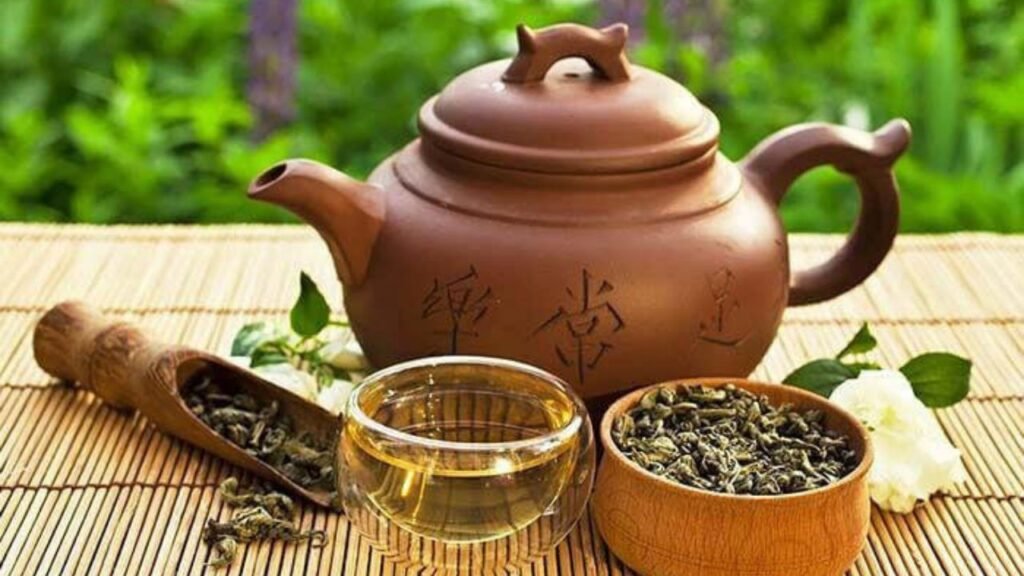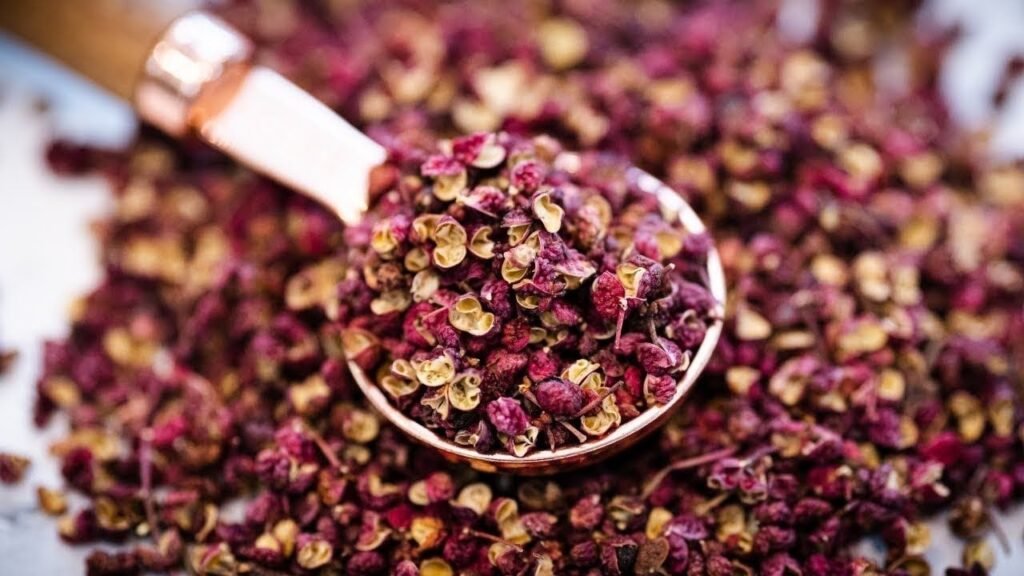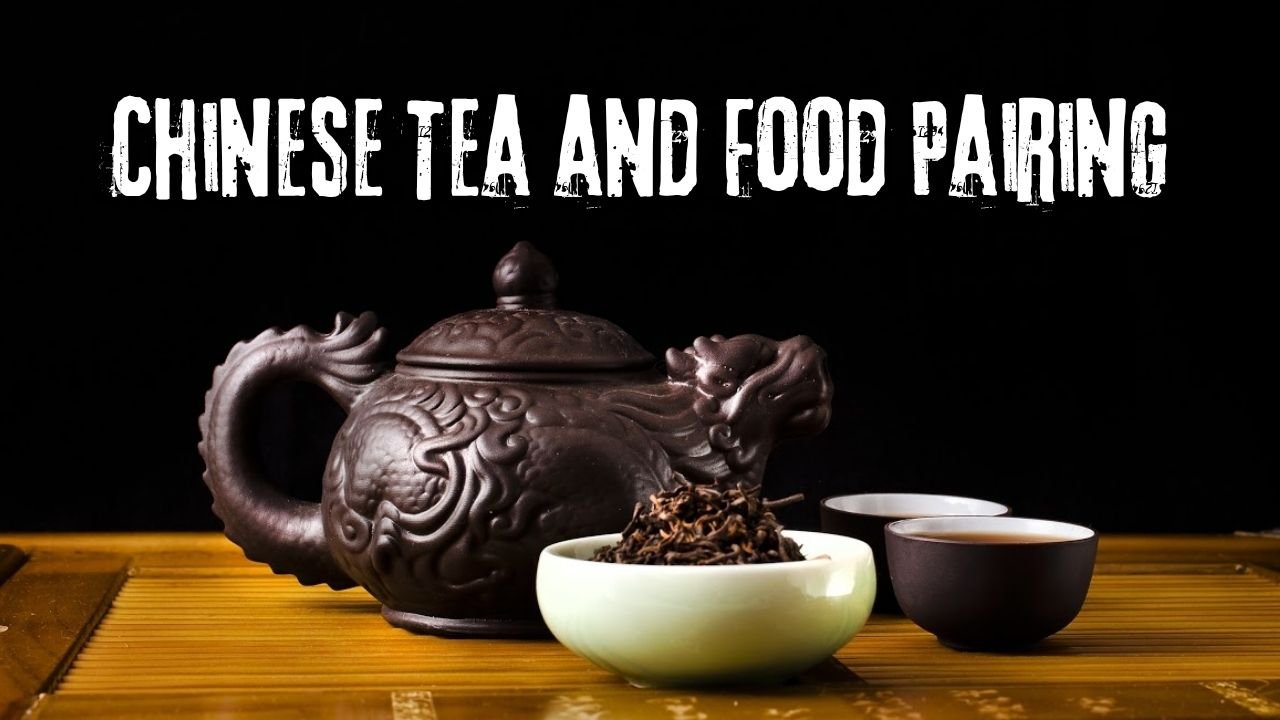In the West, tea is often only for breakfast or quiet afternoons, but in China, it’s a key part of eating—a tradition as precise as wine tradition. Just like wine, each Chinese tea has its very own unique aroma, body, and taste that can remodel a meal.
The art of pairing tea with food follows fundamental ideas.
- Complementary Pairing: This manner matching comparable flavors to boost each different. A smoky tea could make grilled meats flavor even better.
- Contrasting Pairing: This uses tea’s traits to stability richness or create concord. For example, a sharp tea served with an oily dish facilitates clean your mouth.
This exercise is deeply rooted in Chinese meals culture, specially in the centuries-old subculture of “yum cha” (consuming tea) with dim sum. We are actually rediscovering what experts have known for ages: the right tea could make an awesome dish first-rate.
A Practical Guide to Pairing the 6 Types of Chinese Tea
To make this easier, we’ve got prepared Chinese tea into 6 important types. Each type has a distinct profile that works in another way with meals. Here’s a brief guide to get you began.
Green Tea: The Taste of Freshness
Green tea is like spring in a cup—vivid, lively, and fresh. It has grassy, plant-like notes, however also can flavor nutty (like Longjing) or ocean-like (like a few Japanese teas). Its excellent quality is usually a savory umami taste. The sparkling, slightly sharp satisfactory of inexperienced tea makes it perfect for cleaning your palate. It works with subtle flavors without taking over.
We propose pairing it with:
- Seafood: Steamed fish, sparkling sushi, or pan-seared scallops.
- Vegetables: Lightly cooked vegetables like bok choy or a crisp salad with a mild dressing.
- Poultry: Simple steamed or pan-fried fowl dishes.
White Tea: Delicate and Subtle Elegance
White tea is all about subtlety. Made from the youngest buds of the tea plant, it has little or no bitterness. Its taste is mild and frequently has suggestions of honeysuckle, white peach, and almond. Its gentleness is its strength, however it manner you should pair it carefully. White tea is excellent whilst the food is similarly subtle.
Try those pairings:
- Light Desserts: Angel food cake, simple fruit cakes, or vanilla bean panna cotta.
- Fresh Fruit: White peaches, honeydew melon, or fresh figs.
- Mild Cheeses: Soft, sparkling mozzarella or creamy mascarpone.
Oolong Tea: The Most Versatile Player
Oolong is the maximum various sort of tea, falling between inexperienced and black tea. This makes it extremely good for meals pairing. Lighter oolongs (like Tie Guan Yin) are floral, creamy, and brilliant. Darker oolongs (like Da Hong Pao) are roasted, fruity, and rich with notes of stone fruit and caramel.
- Lightly Oxidized Oolongs (Green/Floral): Their flowery heady scent and buttery experience paintings perfectly with lobster, scallops, and wealthy chicken.
- Heavily Oxidized Oolongs (Dark/Roasted): Their strong, toasty person pairs properly with smoked duck, grilled steak, and dishes with caramelization. Top restaurants recognize that these complicated oolongs pair beautifully with root greens or earthy umami components.

Black Tea: Bold and Robust
Known as “crimson tea” (hong cha) in China, black tea is absolutely oxidized, giving it a deep color and complete flavor. It generally tastes malty, wealthy, and may have notes of honey, cocoa, or maybe smokiness (like Keemun). The sturdy person of black tea lets in it to get up to ambitious, hearty flavors with out getting misplaced.
Pair it hopefully with:
- Rich Meats: Hearty beef stew, roasted lamb, or a Sunday pot roast.
- Spicy Food: The malty sweetness balances the warmth of Szechuan or Hunan cuisine.
- Hearty Desserts: Chocolate lava cake, sticky toffee pudding, or spicy gingerbread.
Pu-erh & Dark Tea: Earthy and Complex
Pu-erh is a fermented tea from Yunnan province, a class referred to as heicha (dark tea). It has a very deep, earthy, and clean profile. Like first-rate wine, Pu-erh is regularly aged for years, once in a while many years, to increase its complex taste. The fermentation creates compounds that reduce through oils and help digestion. This makes it ideal for rich, heavy, or greasy meals.
These are classic pairings:
- Dim Sum: The perfect suit. It cuts through the richness of fried dumplings, red meat buns, and sticky rice.
- Rich Meats: Braised beef belly, roasted duck, and different fatty cuts are balanced by Pu-erh’s digestive traits.
- Unique Dark Teas: For an award-prevailing experience, the wealthy and mellow notes of Fu Brick Tea pair well with cured meats and rich stews.
Jasmine Tea: Floral and Aromatic
Jasmine tea isn’t a kind, however a fashion. It is commonly made with inexperienced tea scented with clean jasmine plant life. The end result is a very aromatic tea with a candy, floral individual that fills the air as you drink. Its sturdy heady scent can both supplement or contrast with meals, making it flexible for pairing.
We love it with:
- Spicy Food: The floral sweetness affords a cooling contrast to the heat of Thai inexperienced curry or Szechuan mapo tofu.
- Light Desserts: A easy almond cookie or a jasmine-infused panna cotta create a harmonious floral enjoy.
A Taste of Terroir: Regional Chinese Cuisine & Tea Pairings
The announcing “what grows together, is going together” is the secret to some of the quality meals pairings. In China, local meals have advanced along the teas grown in the ones same regions.
Szechuan (Sichuan) Spice & Floral Teas

Szechuan meals is famous for its ambitious málà profile—a mixture of fiery spice from chili peppers and a numbing sensation from Sichuan peppercorns. Dishes like Kung Pao Chicken and Mapo Tofu are rich, oily, and very flavorful.
The traditional pairing is a light, fresh Green Tea or a fragrant Jasmine Tea, regularly grown within the equal area. The tea serves functions: its floral aroma gives a cooling assessment, at the same time as its briskness cleans the palate from the wealthy chili oil, getting you geared up for the subsequent highly spiced chunk.
Cantonese Dim Sum & Earthy Pu-erh
In Guangdong province and Hong Kong, The lifestyle of yum cha is a weekend ritual. It entails gathering with family and friends to experience many small dishes, or dim sum.
The spread consists of steamed, fried, sweet, and savory meals, and the traditional tea served is Pu-erh. Its digestive homes are famous, making it best for a rich and sundry meal. It cuts through the grease of a fried spring roll and balances the beauty of a custard tart, bringing concord to the complete enjoy.
Conclusion
Chinese tea and meals pairing is an artwork that elevates meals past nourishment into an enjoy of harmony and stability. From a mild inexperienced tea with breakfast dim sum to a robust black tea with a hearty dinner, the right pairing enhances flavors and promotes nicely-being. By thoughtfully choosing teas to accompany each meal, you may include the richness of Chinese culinary lifestyle and experience each taste and health in each sip.
FAQ’s
Which tea pairs high-quality with spicy Szechuan cuisine?
Jasmine tea or light green tea provides cooling evaluation to highly spiced dishes while cleansing the palate.
Can Chinese teas pair properly with Western meals like cheese?
Yes! Light oolongs supplement goat cheese, elderly pu-erh works with aged Gruyère, and smoky black teas pair beautifully with smoked Gouda.
What’s the pleasant tea to pair with chocolate in 2025?
Match tea energy with chocolate depth: white tea with white chocolate, Yunnan black tea with milk chocolate, and pu-erh with dark chocolate.
